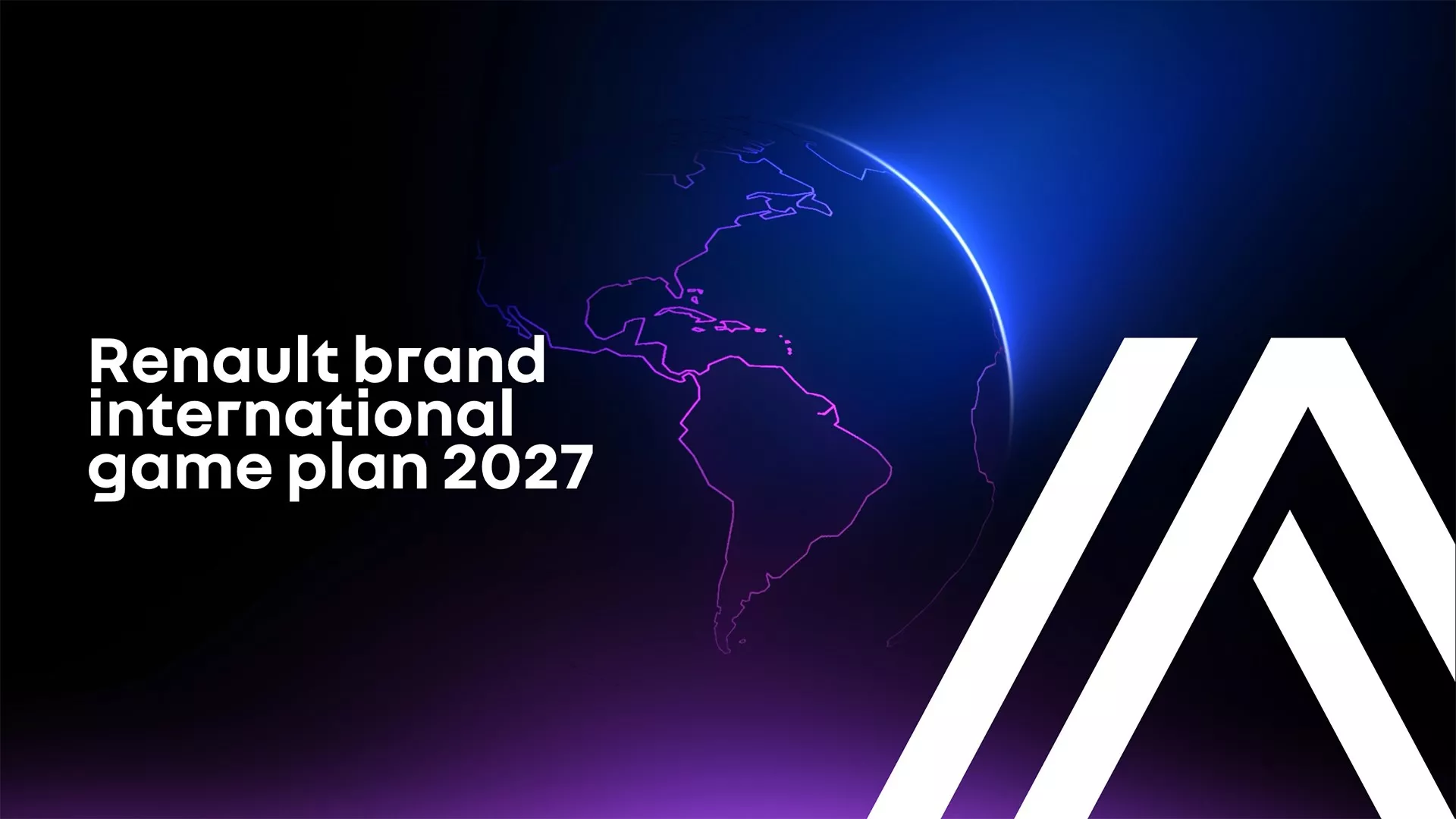Renault to invest €3 billion (Rs 26,367 crore) in global expansion, including India
Renault will also launch eight new models by 2027 for sale in markets other than Europe
 The new Renault models include a B-segment SUV, three C-segment SUVs, two D-segment SUVs, and two pickup trucks
The new Renault models include a B-segment SUV, three C-segment SUVs, two D-segment SUVs, and two pickup trucksRenault plans to invest €3 billion (around Rs 26,367 crore) over the next five years in its global expansion strategy outside of Europe, with a focus on more profitable models. The plan calls for the introduction of eight new models in key markets such as Latin America, North Africa, Turkey, South Korea, and India by 2027. The new models include a B-segment SUV, three C-segment SUVs, two D-segment SUVs, and two pickup trucks.
Renault's strategy aims to achieve synergies and economies of scale by focusing primarily on electrified solutions. The initiative aims to ensure global brand and product consistency, boost competitiveness, and drive value and profitability. One key goal is for one in every three Renault vehicles sold outside of Europe to be hybrid or electric.
Renault has a global presence, operating in 80 countries and serving 13 million customers outside of Europe, establishing itself as the leading French brand on a global scale. The foundation of the plan is built on four key strategic principles. For starters, all future models will adhere to Renault's established design language and brand markets. It also includes the introduction of five models in the C and D segments, as well as the introduction of two light commercial vehicles (LCVs) by 2027. Furthermore, the plan commits to hastening the electrification process, with the goal of having one in every three Renault vehicles sold outside of Europe classified as hybrid or electric. Finally, a critical component of the plan is the deployment of a new modular platform in four strategic regions: Latin America, Turkey, Morocco, and India.
The strategy makes use of two distinct platforms. To begin with, the Compact Modular Architecture platform will be used in South Korea. Second, a novel, fully modular platform is set to be used in Latin America, Turkey, Morocco, and India. This platform is versatile because it can accommodate a variety of powertrains, including internal combustion engines, flex fuel, LPG, hybrid, 48V, and full hybrid options. Notably, it allows for greater flexibility in the development of vehicles, with lengths ranging from 4 to 5 metres, three different wheelbases, and 4x4 capabilities.


